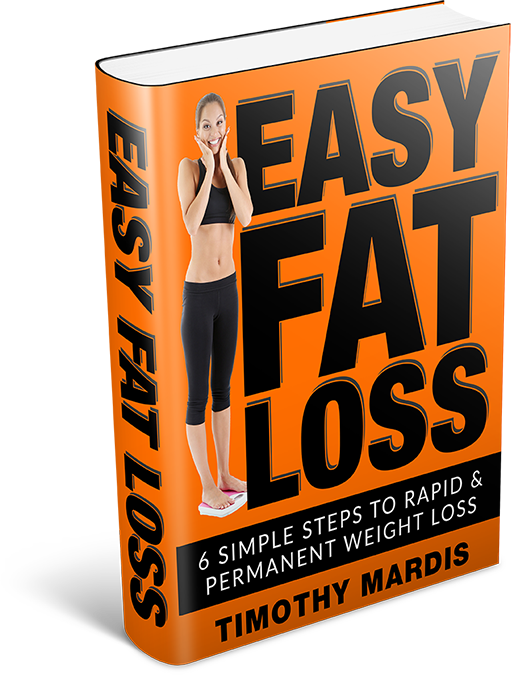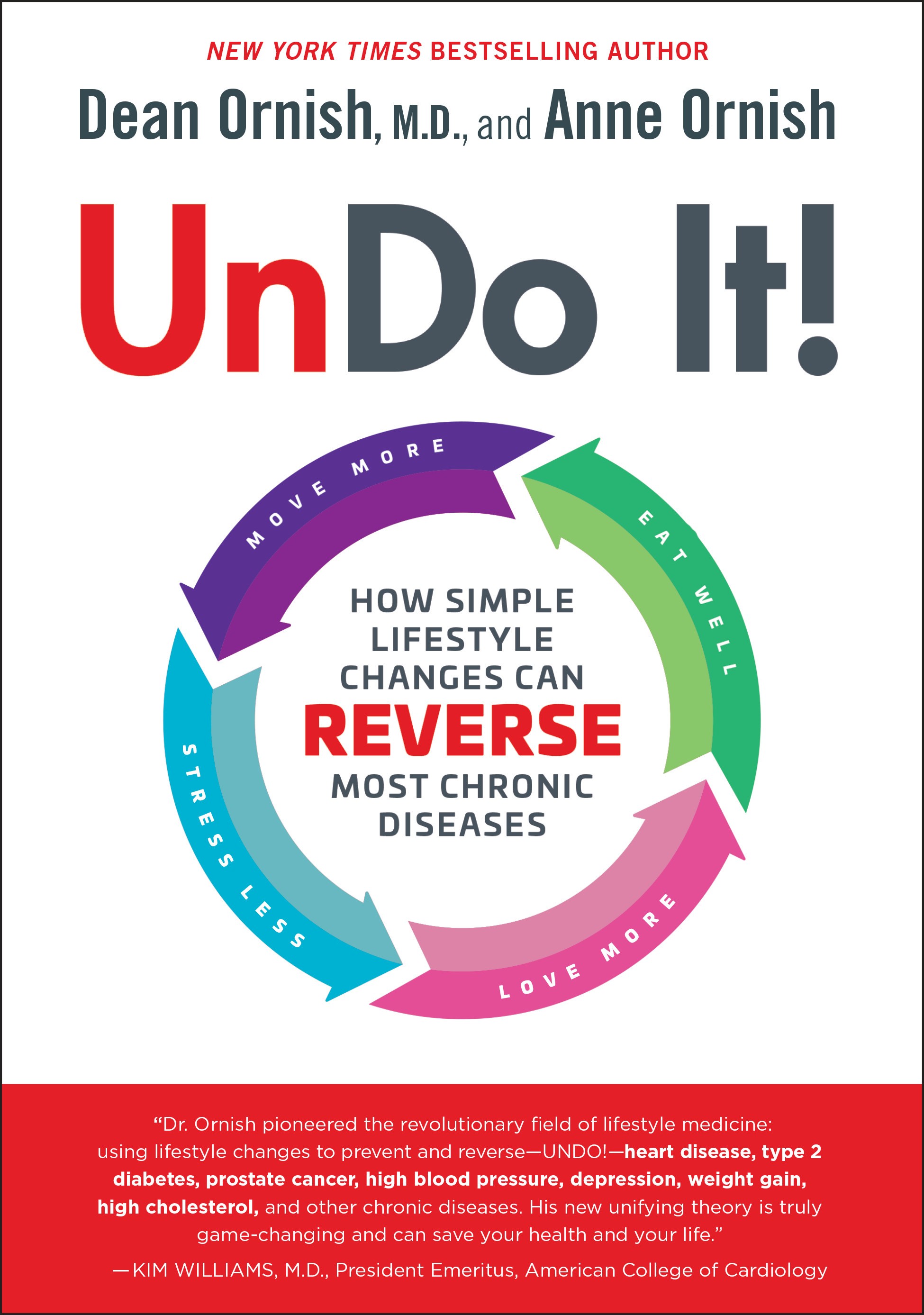According to a 2017 Centers for Disease Control and Prevention (CDC) report, more than 100 million American adults were living with diabetes or prediabetes (a condition that if not treated often leads to type 2 diabetes within five years). Regrettably, diabetes remains the seventh leading cause of death in the U.S. and to make matters even worse, 1 in 4 adults living with diabetes do not even know they have the condition.
Given that diabetics may lose their sight, vital organs, limbs, and even precious life, prevention is always preferable. But how? You’ve most likely heard the phrase, “never put off till tomorrow what you can do today”. When it comes to combating diabetes, nothing could be truer for conquering this disease (1.5 million Americans are diagnosed with diabetes every year) than to begin reversing its effects today.
Before we move on, it should be noted that Type 1 diabetes is currently not reversible. However, Type 2 diabetes may be prevented and even reversed because insulin is still being produce --- just not enough to protect the blood from the excess of glucose. Additionally, the process of reversing Type 2 diabetes can be difficult for some individuals. But, because prevention is always preferable, making a lifestyle change --- healthier eating and exercising being the foundational approach --- might be difficult, but it is certainly not impossible.
Let’s start with perhaps the most difficult task, a task that so many individuals struggle with at the onset of their lifestyle change --- getting rid of the foods that you most certainly can live (better) without.
There are foods that contribute more than their fair share when it comes to increasing the chances of contracting diabetes and/or slowing down its reversal. A good way to start your efforts is to remove the following types of food from your diet.
Sugar-Sweetened Beverages (sweetened teas, sodas, flavored coffee drinks, etc.):
Very high in carbs; primarily, if not exclusively derived from sugar. Additionally, they're loaded with fructose, which is strongly linked to insulin resistance and diabetes.
Alcohol
While moderate amounts of alcohol may cause blood sugar to rise (beer and sweet wine contain carbohydrates), excessive alcohol can actually cause blood sugar to drop too low (also known as hypoglycemia) because alcohol interferes with the liver’s ability to produce glucose.
Full-Fat Dairy
Dairy products, particularly those from cow’s milk also contain glutens that can rapidly increase your chances of contracting diabetes along with stopping any reversal. This is because the A1 casein which is found in cow’s milk may trigger an immune response similar to that of gluten. Some examples which can worsen insulin resistance are whole milk, cream, full-fat yogurt, ice cream, cream cheese, and full-fat cheeses.
An exception is dairy products made from other sources, such as sheep or goat’s milk for example. These are known as A2 sources and can actually be good for you.
Fruit-flavored Yogurt
Flavored yogurts are typically loaded with carbs and sugar. MORE
Snacks & Baked Goods
The trifecta of pure bad for you. Most are made with trans fats, sugar, and refined white grains/flour.
Breads, Pasta & Rice
White, refined grains and flour have been shown to significantly increase blood sugar levels. Replace with whole grains foods that break down more slowly and have a less dramatic effect on blood sugar.
Trans Fats/Hydrogenated Oil
It does not directly raise blood sugar levels but has been linked to increased inflammation, insulin resistance, and belly fat.
Natural Sweeteners
While natural sweeteners may not be as processed in the same manner as white/processed sugar, they still contain carbs and therefore they may still have a similar effect on blood sugar. For example, 1 teaspoon of sugar contains about 4 grams of carbs, and the same amount of agave nectar has 5 grams, and honey has 6 grams.
By removing these foods from your diet, you are essentially maintaining a low carb intake which can help prevent blood sugar spikes and greatly reduce the risk of diabetes complications.
Additionally, when considering other foods to remove from your kitchen, it is important to remember that carbs contain fiber and fiber is not digested and absorbed into your bloodstream in the same manner starches and sugars are. Simply put, fiber does not raise your blood sugar. Therefore, when determining how many carbs are in an item it is important to first subtract the fiber content from the total carbs. This leaves you with the digestible or "net" carb content. For example, if a food contains 10 grams of carbs and 4 grams of the food is fiber, then its net carb count is 6 grams.
While it may not be easy to remove some of these popular foods from your diet, doing so will most certainly get you on the right path sooner than later. It is strongly suggested that instead of attempting to slowly or periodically wean yourself off foods that are a diabetes trigger for you, you should go into your kitchen and pantry with every intention of throwing away or giving away EVERY single item on the aforementioned list and more.
For example, Alcohol, particularly sweet liquors, and beer are high in the wrong type of carbohydrates, so eliminating them outright is recommended. This is because a recent study published in the Annals of Internal Medicine determined that there was a 43% increase in the development of diabetes when heavy drinking was involved.
ADD GOOD FOODS TO YOUR DIET
Once you have eliminated the bad foods, now it is time to stock up on the good ones. To help reverse the effects of Type 2 diabetes, you should consider adding these foods to your diet.
Chromium:
You may not have heard much about chromium, but it can help balance the amount of glucose in the blood. The result is that the glucose makes its way to the cells more efficiently and does not stay as long in the blood stream. Green beans, grass-fed beef, brewer’s yeast and raw cheese if it is made with goat’s milk are very good sources. But when you’re looking for the best chromium food source to add to your diet, broccoli is by far the best source you can find. How To Steam Broccoli Perfectly Every Time.
Fiber:
Eating plenty of fiber helps control the amount of sugar in the blood. It also detoxifies the body which can also help to reverse the course on diabetes. The goal is to consume at least 30 grams of fiber on a daily basis. You should aim to get your fiber from natural sources, and for most people that might be fruit, but fruit is not the best choice for those suffering from diabetes. Other sources that are very high in fiber that you should to consider are: Avocados (6.7%), Lentils (7.9%), Oats (10.6%), Almonds (12.5%), Chia Seeds (34.4%) and Dark Chocolate (10.9%; chose 70–95% or higher and avoid products loaded with added sugar.
NOTE: be careful not to overconsume as that may cause some intestinal distress. So, be careful when it comes to how much fiber you are taking after reaching the recommended 30 grams.
Healthy Fats:
Although the intake of fat has generally been dissuaded in many diet programs, healthy fats are different. These are fatty acids that are found in palm oil and coconut that not only regulates the glucose but also provides an alternative source of energy for the body. Aside from supplements, good sources of healthy fats include grass-fed butter, ghee, avocados, and coconut milk.
For those who are considering the keto diet, healthy fats are an essential element. They will help you to shed the excess weight which also helps to reverse Type 2 diabetes in your body naturally.
Low Glycemic Load:
This is a term that you will need to know if you are trying to reverse the effects of diabetes. These are foods that do not turn into glucose as fast as many other foods. Such low glycemic foods include non-starchy vegetables, nuts, seeds, organic meats, eggs, game fish, and stone fruit along with berries.
Magnesium:
Plenty of magnesium helps to regulate your metabolism which processes the glucose in the blood more efficiently. A deficiency of magnesium in the blood is one of the common attributes of those who have Type 2 diabetes. By addressing it with the right food sources along with supplements, it can help lower the levels of glucose in the body.
Excellent sources of magnesium include the following;
- Almonds
- Black Beans
- Chard
- Pumpkin Seeds
- Spinach
- Yogurt
Proteins:
But not just any proteins, you’ll need to consume the clean proteins to help reverse the effects of diabetes. The right type of proteins help to reduce the body’s ability to absorb sugar. Plus, they can reduce inflammation which also contributes to furthering the effects of diabetes. You can find clean proteins in game fish, grass-fed beef, eggs, bone broth, lentils, organic chicken and powdered pea protein.
In addition to reversing diabetes by addressing the glucose levels in the bloodstream, proteins also promote weight loss.
Supplements:
For those who either may not have access to all the rights foods or just do not enjoy eating them, there is an opportunity to achieve the same results by reducing the calorie intake, more especially reducing carbohydrates and then purchasing the quality supplements such as:
- Alpha Lipoic Acid
- Bitter Melon Extract
- Chromium Picolinate
- Cinnamon
- Fish Oil
START SLOW AND BUILD OVERTIME
Those who fail at changing their lifestyle through eating the right foods do so mostly for the same reason that most people who diet fail to stick with it. They try to do too much, too soon and the effort becomes too much to bear.
You have most likely heard this before, but it’s worth saying again; changing your lifestyle is a marathon, not a sprint.
Although you will most likely be your own worst critic, remember, you have not failed if you are unable to stick to your new diet perfectly, or if you allow yourself a treat along the way (recommended); you only fail if you quit altogether. Begin by making slow changes that soon become habits --- with the exception of throwing out all the junk from your kitchen and pantry if possible.
Once you have eliminated one type of bad food, replace it with a good one. Learn to identify the foods that are good for your diet and add them one by one. Do not make too many changes at once. Instead, start by replacing part of your meals and snacks with good foods. Make new changes at regular intervals such as once a week or every two weeks. Pretty soon, you will find that you have changed your entire diet program.
Exercise:
In addition to eating right, you will need to exercise on a regular basis. Exercising can take different forms, but it does need to be a combination of aerobic and anaerobic exercise to be the most effective. This means that you need to walk, jog, or engage in constant movement for at least 20 to 30 minutes each day. Just like with a diet, people try an all or nothing approach to exercise as well. Take it slow, DO NOT make it vigorous until you are ready. This will help to prevent injury.
Try walking after meals which will help burn away the calories and reduce the sugar levels in the blood. Similar forms of aerobic exercise include yoga which also acts as a stress-reducer. You can even employ meditation and other stress-reducing activities in your exercise program to achieve the best results.
Anaerobic exercise is the building of muscle tissue through weight or resistance training. DO NOT think of the building of muscle tissue as gaining huge muscles. It would take a miracle and at least 8 hours a day for many, many years in the gym to even begin looking like Arnold Schwarzenegger. What you want to accomplish is to add “lean muscle” to your skeletal frame.
Not only does developing sufficient amounts of lean muscle help to prevent the onset of insulin resistance/Type 2 diabetes, it has also been shown to increase bone strength, help to burn fat in a rested state and so much more.
Forget the notion that you must be in the gym for hours on end each and every day. As a matter of fact, you can get an effective workout in as little as 20-minutes a day, three days a week. It is very important when starting out to have a day of rest between weight or resistance training sessions in order to allow for the muscles to recover.
If you are like most individuals seeking a new fitness routine, it can be difficult to remain focused. But now you can easily locate a fitness professional to help you on your journey to better health through fitness at XUBIFIT.com.
At XUBIFIT, you will be able to find a fitness professional that meets your wants and needs --- fitness on your terms. If you want to exercise at home, office, outdoors, gym or even online you’ll be able to locate a Fit Pro that can help you get fit where you are most comfortable. XUBIFIT even has an app so your Fit Pro is always in your pocket.
IN CONCLUSION
It’s never easy to change your lifestyle, but to prevent or reverse the effects of Type 2 diabetes, it is the crucial factor. Start today by engaging in good exercise and eating healthy foods. Eliminate the bad foods and you will be on your way towards reversing diabetes.











